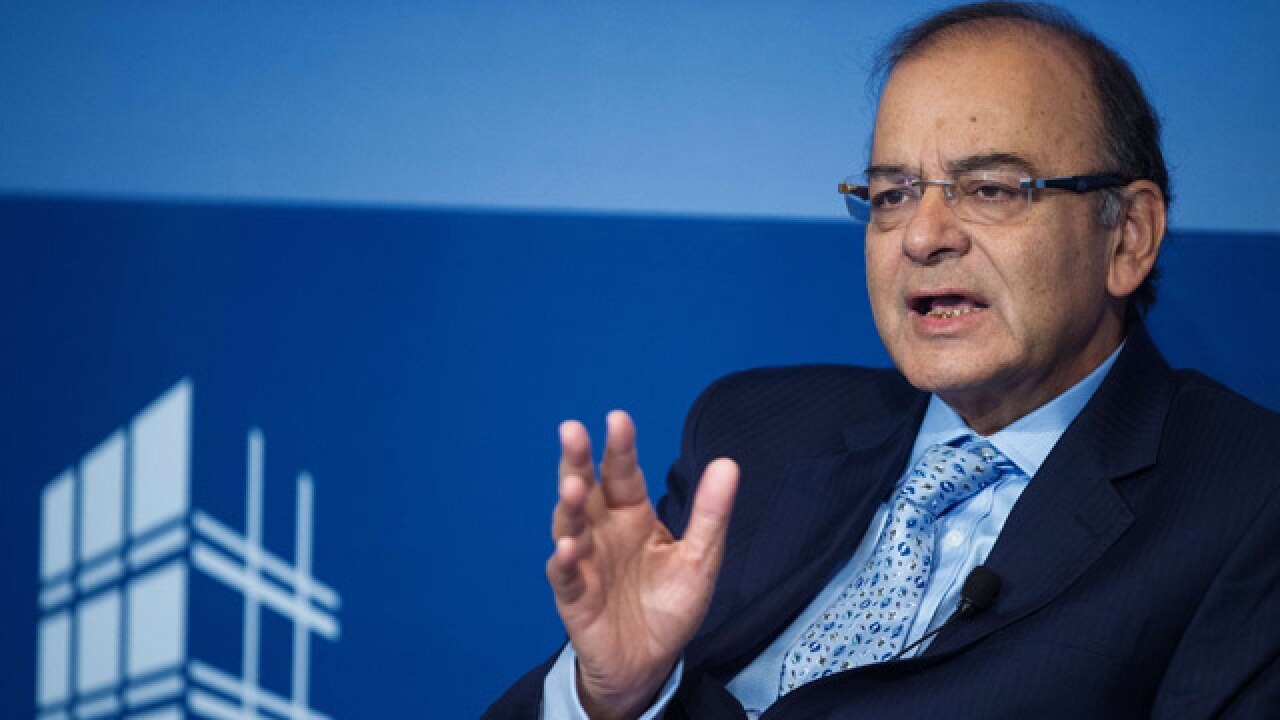
Differences continue to simmer over the accuracy of the Gross Domestic Product Value Added (GVA) figures with the new base of 2011-12 prices. It will take a little more time before the distinction becomes clear between GDP at cost factor prices and GVA, which takes into account indirect tax collections to gauge the goods and services turnover. Reserve Bank of India Governor Raghuram Rajan too had expressed his reservation in the matter. It is a fact that GVA reflects economic activity as such but it is not an accurate barometer of real growth. While the debate will continue, there seems to be less uncertainty that India will grow at 7.6 per cent in 2015-16 compared to 7.2 per cent in 2014-15. The International Monetary Fund (IMF)’s January, 2016 World Economic Outlook (WEO) growth projection is 7.5 per cent. The Quarter 3 figures released by Central Statistics Office (CSO) show that the economy grew at 7.3 per cent, less than Quarter 1 (7.6 per cent) and Quarter 2 (7.7 per cent).
India still remains the “bright spot” in a world which is struggling to clock impressive growth rates, and quite ahead of China whose growth rate is likely to be less than seven per cent. Of course, there is need for caution. India is certainly growing faster than the US, China, Japan and the European Union (EU) countries, but it does not help in solving the problems and challenges that India faces on the economic front in terms of countering farmers’ distress and the lack of growth in jobs to absorb the young people entering the labour market. There is both the need and the scope for greater growth, which should be anywhere between 8 and 10 per cent annually. The Modi government is fully aware of the challenge.
There are genuine hurdles on the way. Imparting education and skills to the young people is a major one. Agriculture still remains the mainstay for the economy though its share in the GDP now stands at around 14 per cent. This is reflected in the high food inflation because of the slightly muted monsoon. Growth in agriculture and fisheries is expected to be a little over one per cent in 2015-16. If it had touched two per cent, then the overall growth would have touched 8.6 per cent. Growth in manufacturing and services is encouraging but it is performing below par.
Finance Minister Arun Jaitley is indeed in an unenviable position. He cannot derive much satisfaction from the positive growth numbers because these numbers do not give much comfort to the government. It is burdened with demands on expenditure which need to be contained in order to maintain the fiscal deficit at 3.5 per cent of the GDP. The private sector is both unwilling and unable to invest more in the economy because of dampened consumer demand, both at home and abroad. The contraction of exports and imports is a clear indication that economic activity is less than what it could be.
The forecast is that the emergent and developing economies will be more vulnerable in 2016 than the developed ones. Compared to other emergent economies like Brazil, China and Russia, India is indeed in a commanding position. But it is a precarious one. It could take a bad turn with another difficult monsoon, or if there is no further fillip in manufacturing and services. The challenge that Jaitley faces is that of creating an enabling atmosphere without the government being dragged into the market arena.